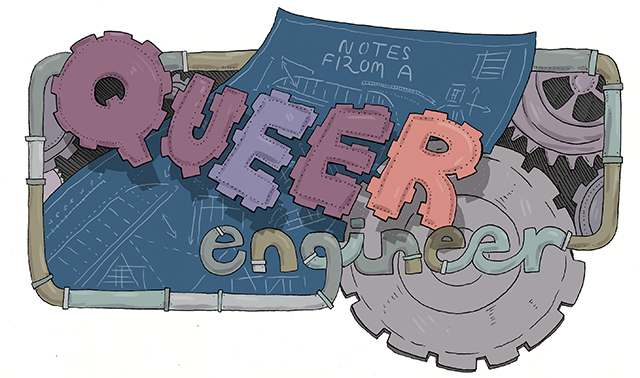
We’re celebrating Autostraddle’s Fifth Birthday all month long by publishing a bunch of Top Fives. This is one of them!
1. Fractals
Although self-similar patterns have been around forever, the term “fractal” wasn’t coined until 1975. Mathematician Benoit Mandelbrot created the word from the Latin fractus, meaning fragmented and irregular. Appropriately, fractals are non-regular geometric shapes that have the same degree of non-regularity on all scales. They appear as “worlds within worlds, ” where greater complexity is revealed as the pattern is enlarged.


Once you know what to look for, you start to notice these trippy patterns everywhere. There are fractal patterns in broccoli, lightning, blood vessels, river networks, neurons, nautilus shells, frost patterns… the list goes on. But it makes a lot more sense in pictures than in words, so I’ll stop talking now and just show you some!
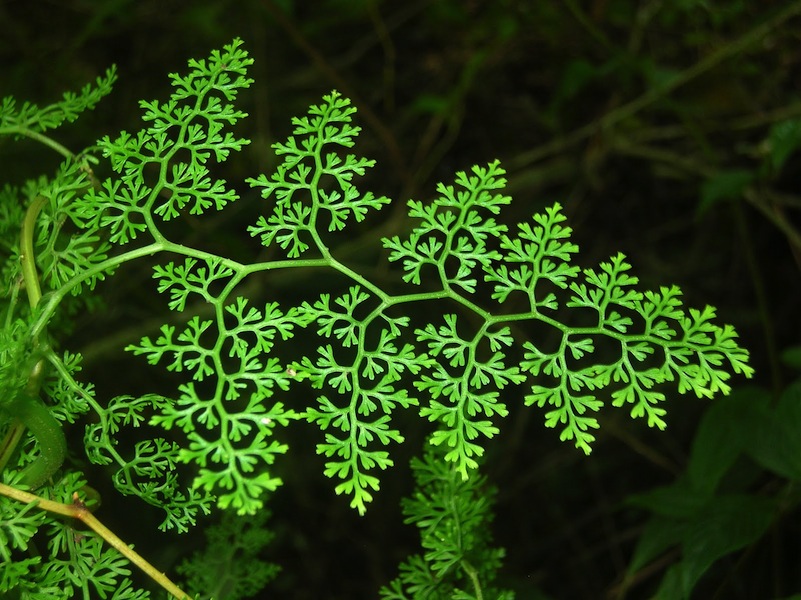


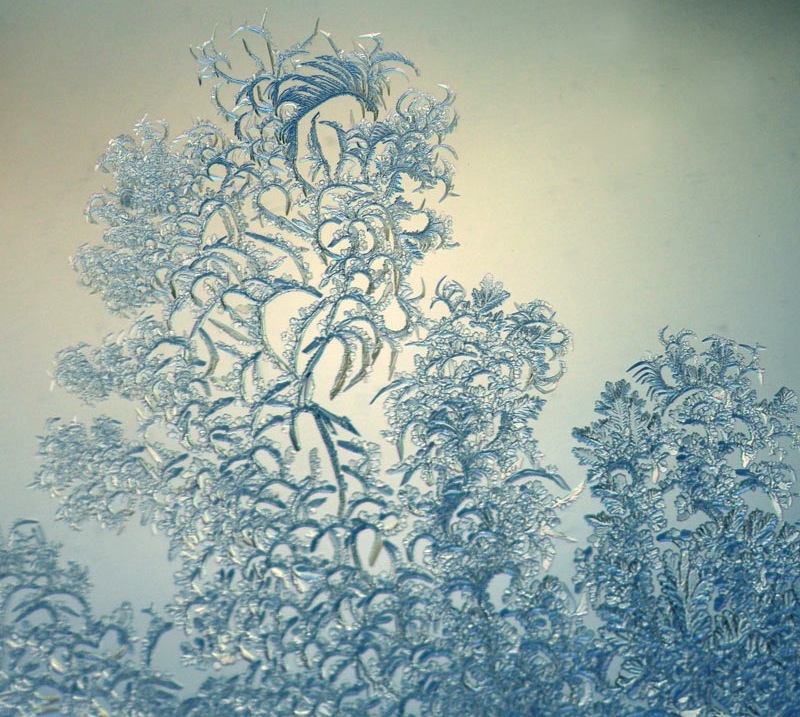

2. DNA
Unlike fractals, DNA is not very visually appealing – it actually looks like a string of snot – but the amount of information it contains is totally bonkers. DNA is like Hermione’s charmed handbag, except that a) it’s real, and b) the cargo it carries is even more important.

3. The Moon
As a large, glowy object lighting up the night sky, the moon is already pretty damn cool in my book (melancholy singing mice or not). But have you heard about the many ways this celestial body effects life here on Earth?
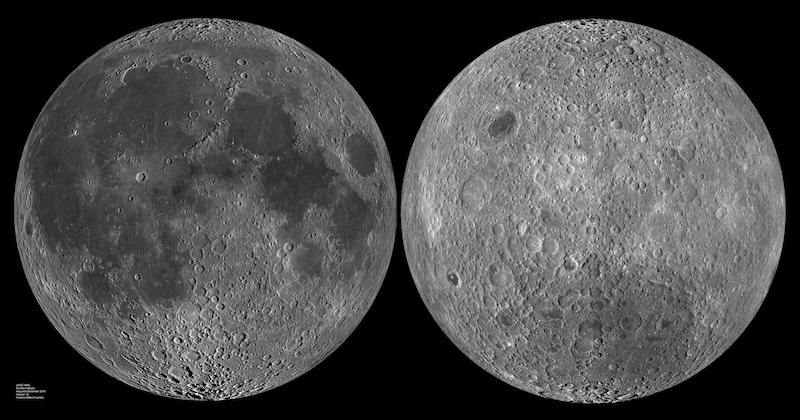
For example:
- For a long time scientists believed that without the moon’s stabilizing influence, harsh seasonal excursions would have prevented complex life from evolving. Recently this theory has been called into question; however, it remains undisputed that moon-induced ocean tides play an important role in the food chain and the intertidal ecosystem lineages that ultimately gave rise to human beings. What I’m saying is: no moon, (possibly) no people.
- Many animals have biological processes linked to lunar and tidal cycles. The entire species of Pacific palolo worm, for example, breeds on a single night in autumn when the moon is in its last quarter. The Samoans have developed an intricate monitoring system of this process, involving close observation of flame tree flowers, whose emergence appears to be synchronized one week prior to the palolo’s mating ritual. On the day the engorged, swarming worms rise to the surface, waiting islanders scoop them up in masses to feast on.
- Efforts mounted to get to the moon propelled countless technological advancements, but my favorite, by far, is desktop computing. During the space race, NASA drove the miniaturization of information technology crucial to the development of modern computers. The 70-pound onboard Apollo Guidance Computer developed at MIT made a safe landing on the moon possible in 1969. Today, my trusty 3-pound laptop helps push messages straight from my brain to your eyeballs.
Pretty neat, right?

4. Elemental Origins

As Cosmos’ Carl Sagan famously put it, “The earth and every living thing are made of star stuff.” I’m super psyched about the show’s reboot with Neil deGrasse Tyson, and we should all be super psyched about the origins of the elements. In short: everything can be traced back to the stars.
Here’s the answer deGrasse Tyson gave in a 2008 interview with Time magazine when he was asked to share the most astounding fact about the universe:
5. The Scientific Method
I love puzzle solving and I love standard processes, so it shouldn’t surprise anyone that I’m a big fan of the scientific method (and its close cousin, the engineering method).
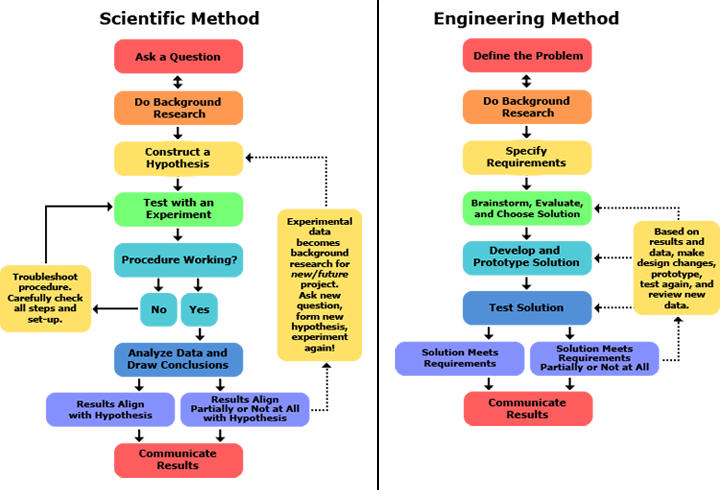
What’s so fantastic about the scientific method is that it breaks the world down into a series of solvable puzzles. In The Structure of Scientific Revolutions, Thomas Kuhn writes,
Bringing a normal research problem to a conclusion is achieving the anticipated in a new way, and it requires the solution of all sorts of complex instrumental, conceptual, and mathematical puzzles. The person who succeeds proves themself an expert puzzle-solver, and the challenge of the puzzle is an important part of what usually drives them on. … What then challenges them is the conviction that, if they are skillful, they will succeed in solving a puzzle that no one before has solved or solved so well.
Exactly. (Okay, it was originally written “man” this, “him” and “he” that. I fixed it; not sorry.)
As Kuhn points out in his work, there are limitations to the scientific method — namely, that progress is almost always limited to incremental gains within an established paradigm, and that this model resists revolutionary change. That criticism is fair. But it doesn’t negate what I love most about science, which is this: at its core, science is a willingness to believe that the universe is knowable. That if we ask the right questions and follow the evidence, we can get to the bottom of how things are, and why. That we can know the truth about everything.
That’s about the most beautiful thing I’ve ever heard.
Notes From A Queer Engineer is a recurring column with an expected periodicity of one month. The subject matter may not be explicitly queer, but the industrial engineer writing it sure is. This is a peek at the notes she’s been doodling in the margins.




